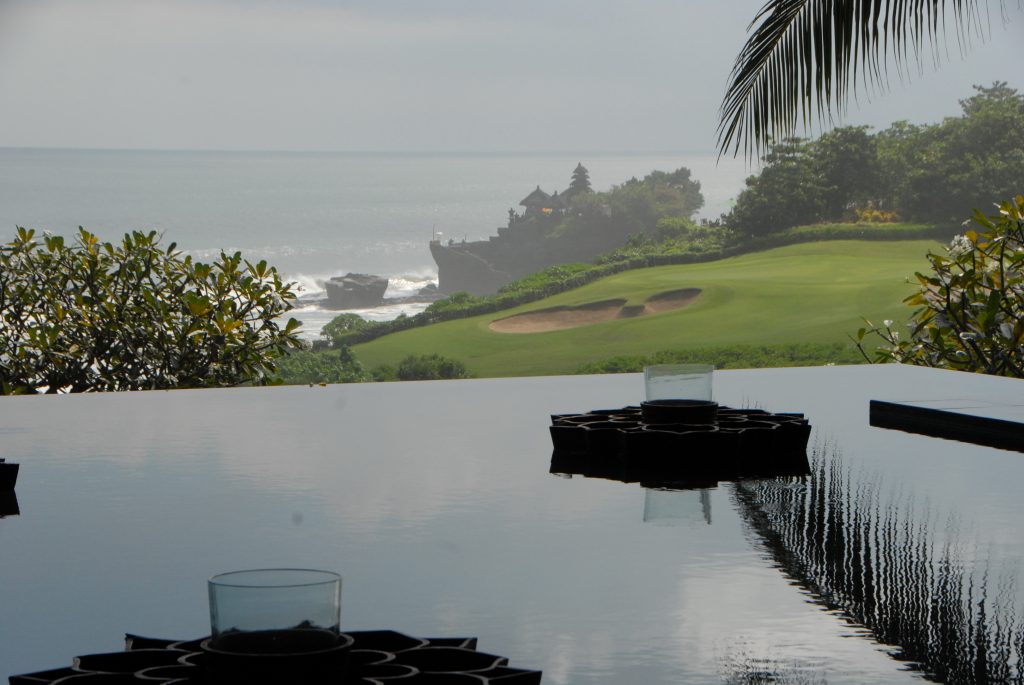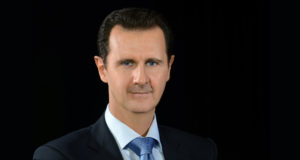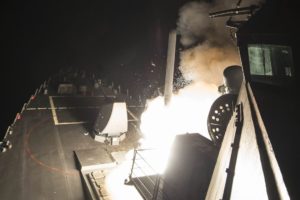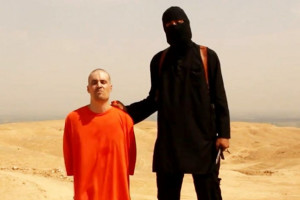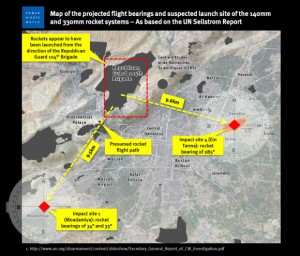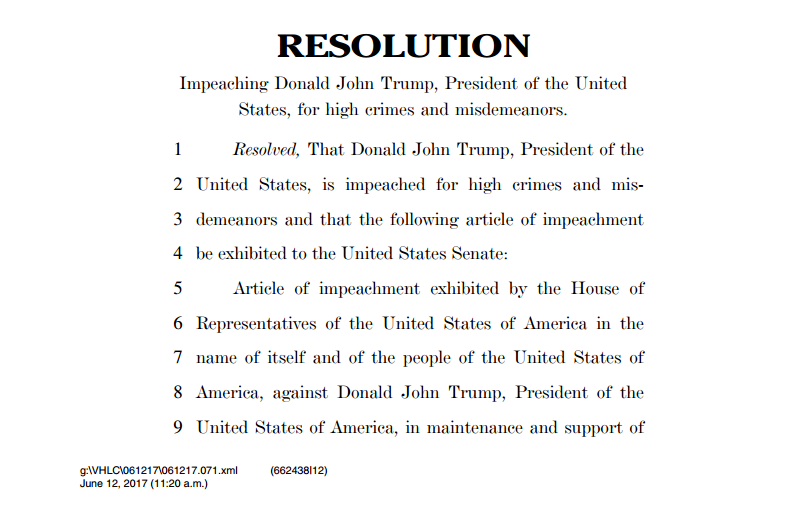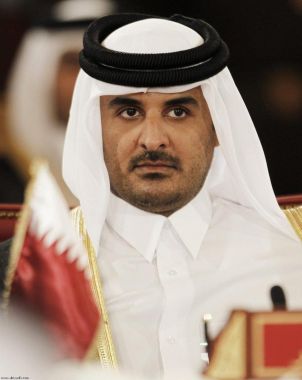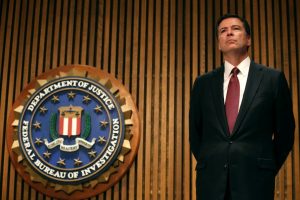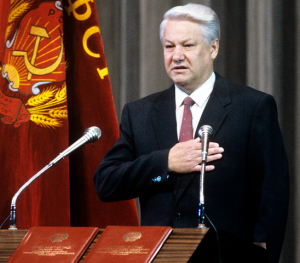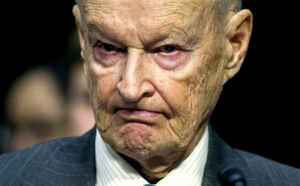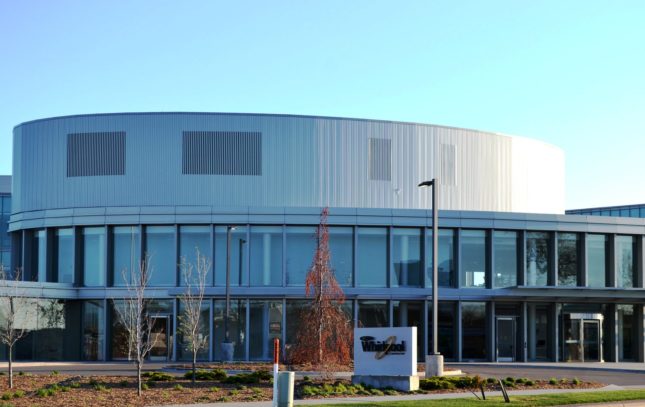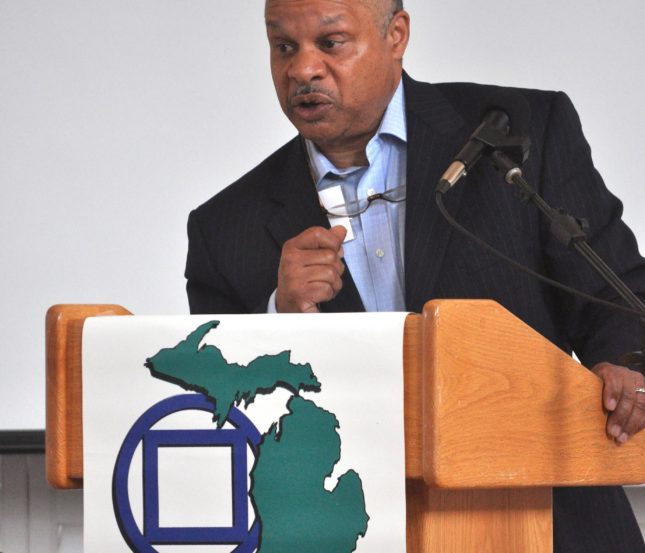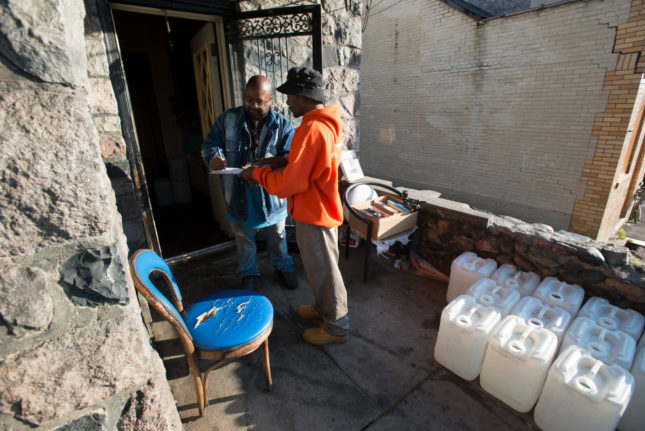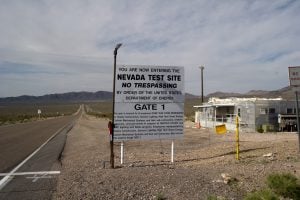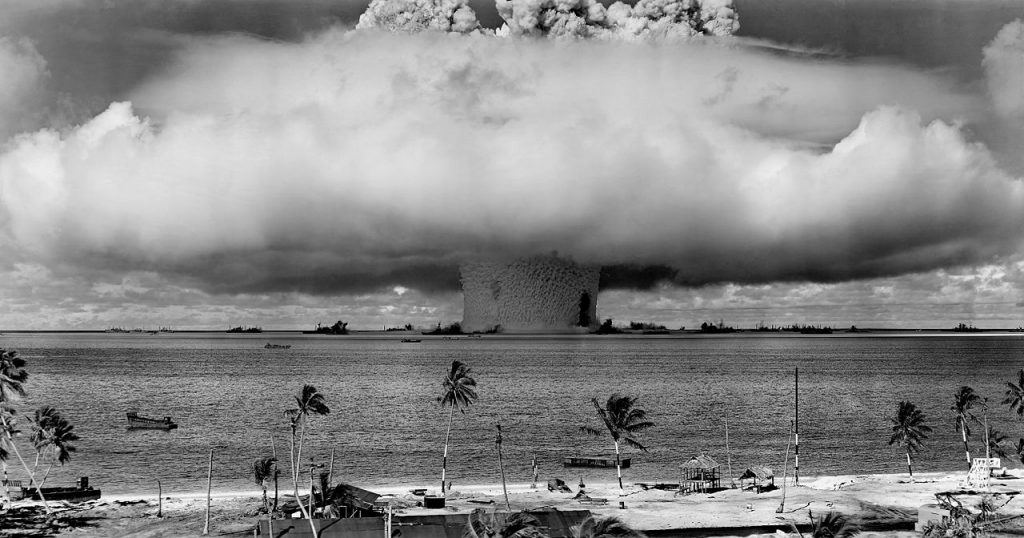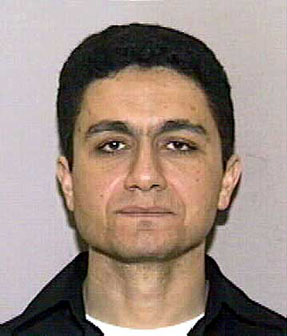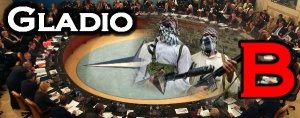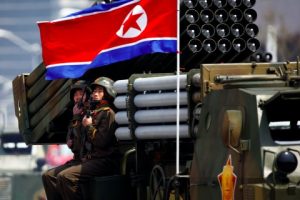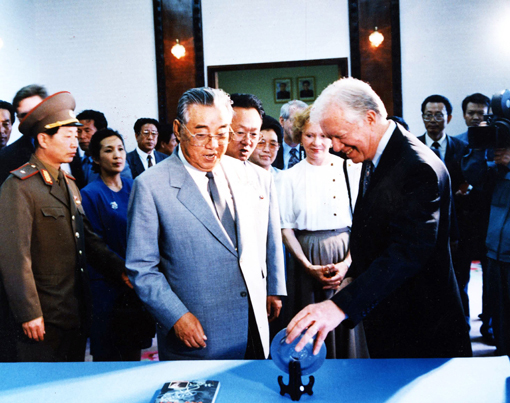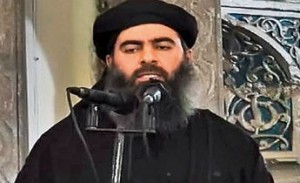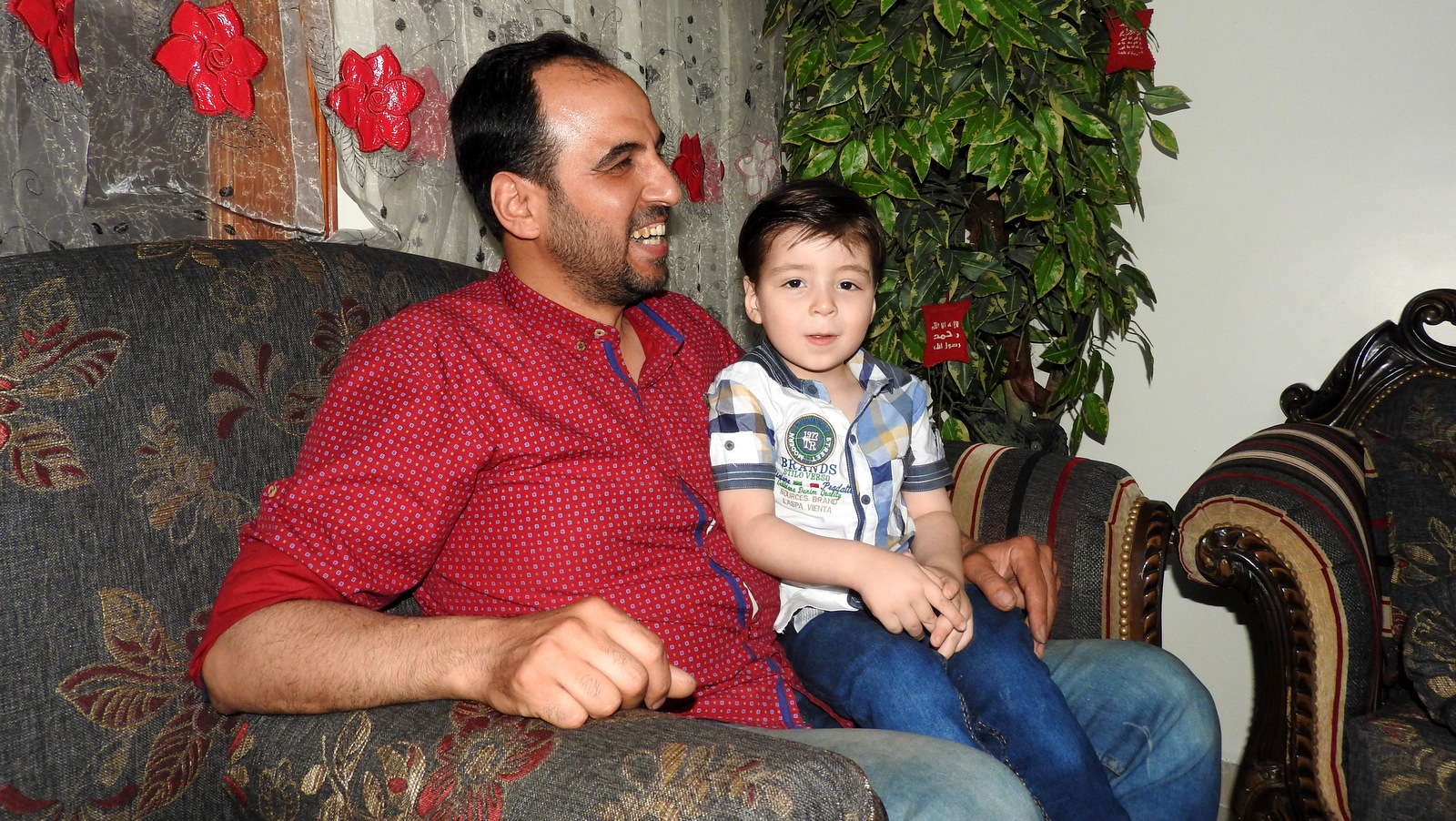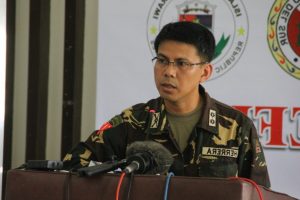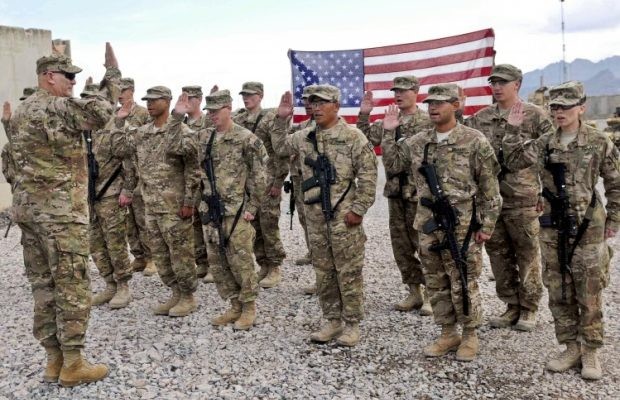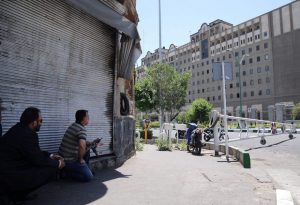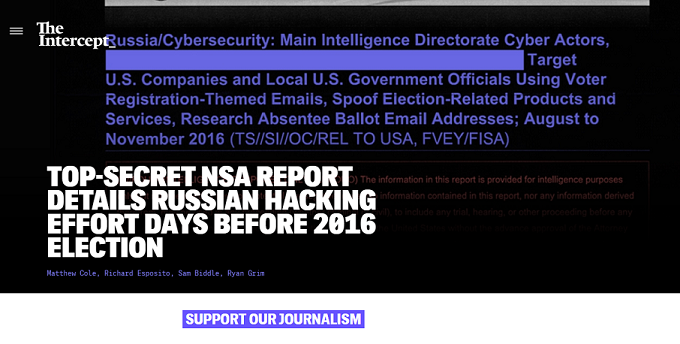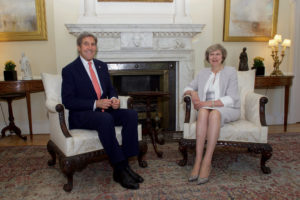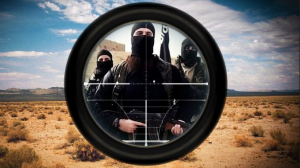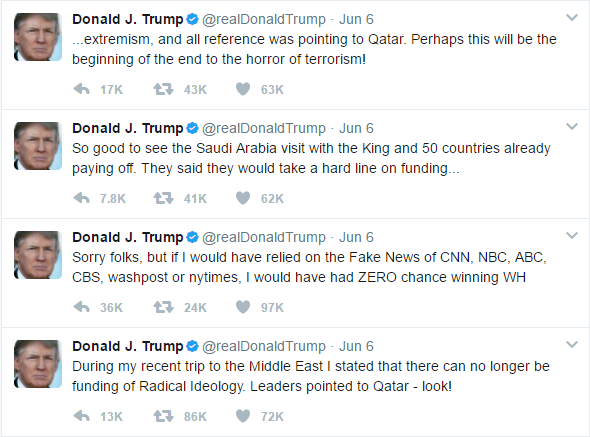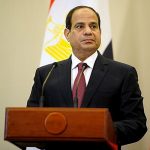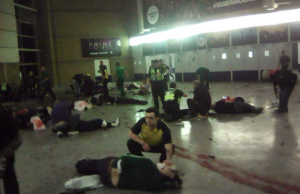Soldiers of the Air Force, The blustering and swashbuckling Egyptian Army is moving against us to annihilate our people… – Battle Order of the Officer Commanding Israeli Air Force, Monday, June 5th 1967.
The Six Day War of June 1967, a series of battles fought by the armed forces of the state of Israel against a combination of Arab armies, is one of manifold significance. From a military standpoint, it presented a model strategy of how to prosecute and win a war waged on several fronts.
The stunning victory also created a sense of euphoria among communities in the Jewish Diaspora: Among American Jews, a segment of Jewry David Ben Gurion viewed with disdain because of their failure to migrate en masse to Israel, a new sense of commitment in both emotional and financial terms was born. In the Soviet Union where Jews sensed an increase in anti-Semitism during the build up to the war, Israel’s triumph led to a rise in ethnic consciousness; a state of affairs which fueled the Refusenik Movement.
The taking of the eastern part of Jerusalem, including the Old City where reside the revered Jewish sites of the Temple Mount and the Wailing or Western Wall; the Muslim Dome of the Rock and al-Aqsa Mosque and the Christian Church of the Holy Sepulchre, added a religious dimension.
It also had profound and lasting geopolitical consequences. Israel firmly established itself as the regional super-power of the Middle East and the acquisition of land from Egypt (Gaza and the Sinai), Jordan (the West Bank) and Syria (the Golan Heights) brought large populations of Arab people under Israeli occupation. Today, the continued occupation of Palestinian land in the West Bank, the blockading of the Gaza Strip and the annexation of the Golan Heights continue to define the Arab-Israeli dispute.
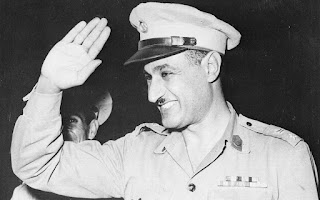
Egyptian President Gamal Abdel Nasser (Source: Otsides Ja Leides)
The chronology of events which preceded the outbreak of fighting are clear enough. There had been a background of increased Palestinian guerrilla activity on Israel’s borders and an aerial battle between Israeli and Syrian air force jets which came before two fateful moves made by Egyptian President Gamal Abdel Nasser. First, on May 16th 1967, he requested that the United Nations remove its peacekeeping force from the Sinai. Then on May 23rd, he closed the Straits of Tiran and the Gulf of Aqaba to Israeli shipping. Additionally, on May 30th, Egypt and Jordan signed a mutual defence pact.
The narrative presented to the world at the time, and for the most part, since then is that Nasser’s actions were taken as a preparation for a war in which combined Arab armies would invade and destroy Israel. With bellicose statements frequently emanating from Arab media outlets such as the Voice of the Arabs radio station calling for Israel’s destruction and the “sweeping of the Jews into the sea”, the Israeli assault beginning with a raid on the Egyptian Air Force in the dawn hours of Monday June 5th 1967, was put forward as a preemptive attack that was brought about in order to forestall the annihilation of Israel.
To the onlooking world, annihilation seemed to be more than a mere possibility. The sheer geographical size of its Arab neighbours in comparison to Israel’s territorial extent was an unavoidable factor in leading to such a conclusion. There were reports of Israelis digging graves in preparation for mass burials. The air of an impending doom felt by those in the Jewish Diaspora was exemplified by a photograph taken in the London suburb of Golders Green depicting a little girl seated in front of a house while holding a handwritten placard with the words ‘HELP ISRAEL’.
Israeli politicians contributed to the grand narrative of a people placed perilously upon a precipice. After asserting that the war had been started by “the Arab invasion of Israeli territory”, Prime Minister Levi Eshkol told the Knesset on June 12th 1967 that “the very existence of the state of Israel hung upon a thread, but Arab leaders’ hopes of annihilating Israel have been confounded.”
The truth however is quite different. Israel was simply never in danger of annihilation and the allegation that Israel had reacted to an imminent threat of an invading force of Arab armies defies a closer examination of the evidence.
The constant references made to the prospect of annihilation in the build up to the conflict was a continuation of a line propagated since the war Jewish militias fought against Arab armies in 1948 after the British withdrawal from Palestine. Both the Haganah and Palmach were composed of a well-disciplined and well-resourced core of soldiers many of whom had obtained valuable experience in combat and intelligence units of the British Army during the Second World War. The members of the major Jewish underground organisations Irgun and Lehi (the Stern Gang) were also brutally effective practitioners of the dark arts of inflicting mass terror and psychological warfare. And although figures may vary, all credible estimates regarding the total numbers of combatants deployed in the field provide for a significant numerical advantage in favour of the Israeli side.
Arab armies by comparison were a hodge-podge of militias fighting not to sweep the Jews into the Mediterranean Sea, but to hold on to territory assigned to the Arab population of Palestine under the terms of the by then vitiated United Nations partition plan. The Egyptian Expeditionary Force dispatched by the corrupt government of King Farouk, had limited manpower to draw upon; 80% of the male population of fighting age were judged to be either mentally or physically unfit for military service. Also, the logistics arm of its army was severely limited in its capacity to support ground forces beyond its borders. The army sent by the Syrians was more adept at playing politics than at waging war. Both armies along with those provided by other countries such as Lebanon and Iraq were simply no match for the Israeli side.
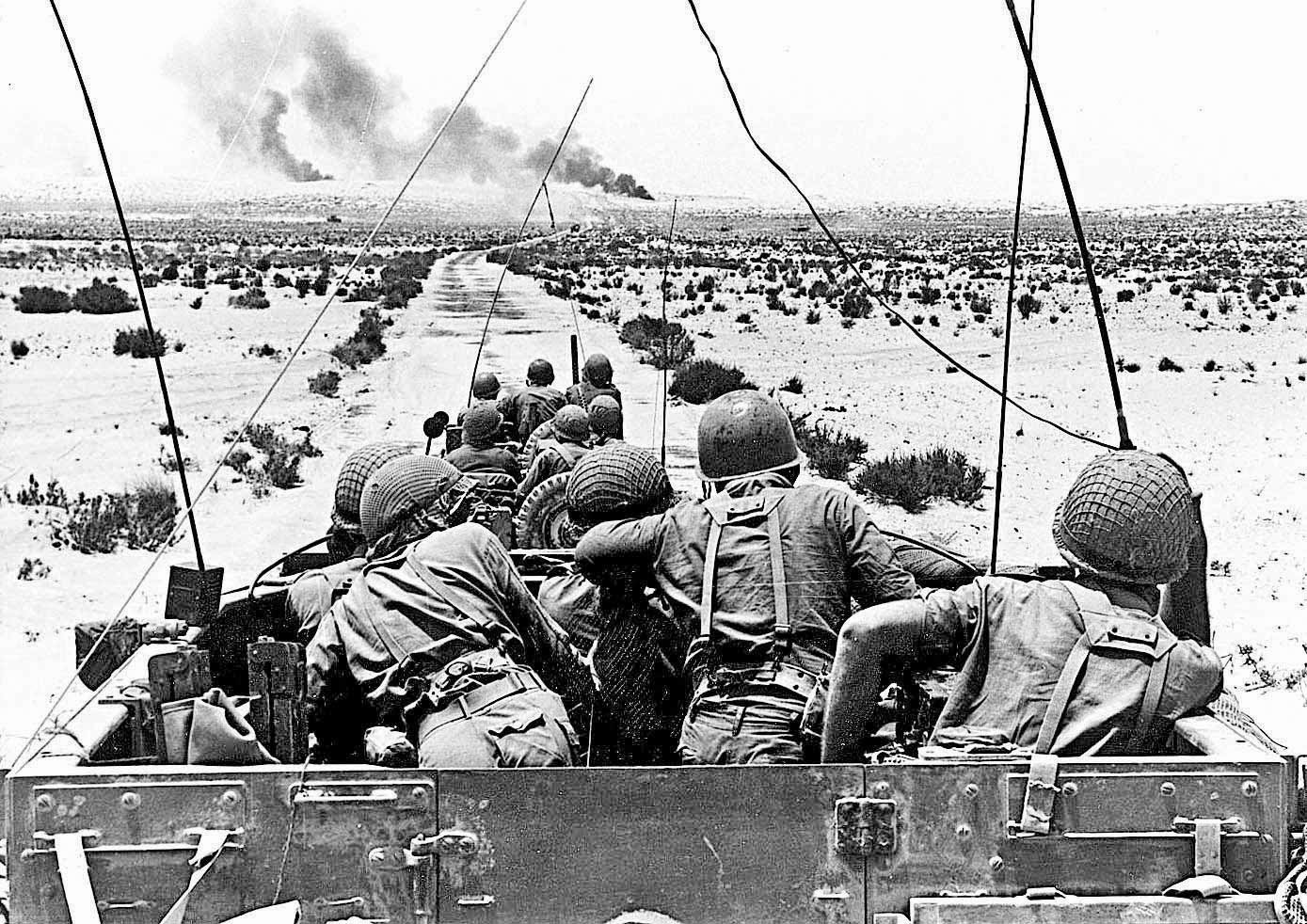
IDF forces in the Sinai front (Source: IDF Archive via The Holy Land Timeline)
The only formidable force arraigned against Israel were the British-trained Arab Legion of the Hashemite Kingdom of Transjordan who were successful in frustrating the attempts of the Israelis to gain control of the Old City of Jerusalem. But it is pertinent to note that David Ben Gurion, the head of the Jewish Agency, had sent Golda Meir and a Haganah intelligence officer on a mission to King Abdullah which aimed to keep Transjordan out of the impending conflict.
In her memoirs, Meir stated the following:
Ben Gurion knew that Trans-Jordan was not intending to join in on any Arab attack on the Jewish state in territory provided for it by the vitiated partition plan…He would always remain our friend, he said, and, like us, he wanted peace more than anything else
It is also useful to note that the 1973 war instigated by Egypt was fought with limited military objectives, specifically involving the Egyptian and Syrian armies reacquiring some of the land taken during the 1967 war to serve as the basis for applying political pressure on Israel to withdraw from occupied territories.
The claim that Israel was facing annihilation in 1967 was as false as those made in 1948 and 1973. Indeed, it can be asserted that no combination of Arab military force was capable of defeating Israel in any of these conflicts.
The intelligence agencies of both Britain and the United States forecasted victory of the powerfully armed and well-disciplined Israelis prior to the war of 1967.
“The only difference between the British and us,” said US Defense Secretary Robert McNamara, “was how long it would take the Israelis to beat the Egyptians.”
The Central Intelligence Agency predicted that Israel would defeat its Arab neighbours in one week. Its director Richard Helms put it thus:
If the Israelis attacked first, it was going to be a short war.. If the Egyptians attacked first, it was going to be a longer war, but there wasn’t any question about who was going to win it
Just over ten years after his army was routed by the Israelis during the Suez War, Nasser’s bluster and chess moves were not aimed at igniting a war, but instead was motivated out of a mixture of pride (King Hussein had once accused him of hiding behind the skirts of the United Nations Emergency Force in Sinai) and a desperate gamble aimed at bringing in the United States to the table as a mediator.
Nasser was hedging his bets on an intervention by the United States based on a formula set out by President Dwight Eisenhower after the Suez War. Eisenhower had made a commitment on behalf of the United States to keep the Straits of Tiran open. In other words, Nasser acted in the expectation that the United States would convene a peace conference at which the “society of nations” would effect a peace settlement that would enable Nasser to save face and reopen the Straits.

Former Israeli Prime Minister Moshe Sharett (Source: Pinterest)
Those familiar with the story of Gamal Abdel Nasser will find this reasonably plausible. Back in the 1950s, Nasser had kept a back channel of communication with an earlier prime minister of Israel Moshe Sharett, who is often characterised as a politician who acted earnestly in the pursuit of peace with its Arab neighbours.
However, Sharett was frustrated by the machinations of the hardline Moshe Dayan while he served as the Chief of General Staff. And in 1967, Dayan would frustrate the efforts of both Prime Minister Eshkol and General Yitzhak Rabin who had favoured a limited military operation which would have paved the way for an international peace conference.
In Israel, there were many who were not keen on effecting a peace settlement. They had began ratcheting up the tension after Egypt and Syria had signed a mutual defence pact in November of 1966. The agreement provided that each country would support the other if attacked by Israel. Incidents were manufactured by the Israelis on the Syrian border which led to tit-for-tat exchanges. These confrontations continued until April of 1967 when pilots of the Israeli Air Force engaged in a series of dogfights with their Syrian counterparts over a seven-hour period. It culminated with the Israeli mirage jets downing six Syrian MIG 21s.
Neither Egypt nor either of the other frontline Arab states had any intention of attacking Israel. So far as Egypt was concerned 40,000 soldiers, among them some of the finest units of its army, were bogged down by a protracted conflict in Yemen. The deployments Nasser ordered into Sinai were nowhere near the numbers required to mount a serious strike. The CIA, the US Defense Intelligence Agency and the British Secret Intelligence Service all concluded that they were defensive in nature.
Evidence that this was the case came over the years from a number of Israeli military and political figures.
For instance in the February 28th edition of the French magazine Le Monde, Yitzhak Rabin said the following in an interview:
I do not believe that Nasser wanted war. The two divisions which he sent into Sinai on 14 May would not have been enough to unleash an offensive against Israel. He knew it and we knew it.
Also, in the early 1970s, General Matetiyahu Peled, Chief of Logistical Command during the war, while engaged in a radio debate asserted that
“Israel was never in real danger and there was no evidence that Egypt had any intention of attacking Israel”, adding, “Israeli intelligence knew that Egypt was not prepared for war.” In an interview for Le Monde published in June of 1972, Peled said the following:
To pretend that the Egyptian forces concentrated on our borders were capable of threatening Israel’s existence does not only insult the intelligence of any person capable of analysing this kind of situation, but is primarily an insult to the Israeli army.
And from Menachem begin in 1982 came this statement:
In June 1967 we had a choice. The Egyptian army concentrations in the Sinai approaches did not prove that Nasser was really about to attack us. We must be honest with ourselves. We decided to attack him.
It follows that the fears of annihilation and a second holocaust, encouraged at home and abroad by the Israeli authorities were unfounded. Again, many military figures have confirmed this including General Haim Bar-Lev, another Chief of Staff of the IDF.
“We were not threatened with genocide on the eve of the Six Day War,” he told Ma’ariv in April of 1972, “and we never thought of such a possibility.”
This was backed up General Ezer Weizmann, Chief of Operations during the war, who pooh-poohed the suggestion by stating that
“there was never any danger of annihilation. This hypothesis has never been considered in any serious meeting.”
It is important to note that the Israelis had first announced that their attack had been in response to Egyptian military action, and that when it was realised that this version of events would not stand the test of scrutiny, it reverted to the story of a preemptive action. As for the emotive narrative of the digging of mass graves, photographic archives show Israeli civilians digging trenches much in the manner as civilians have been apt to do when preparing to defend towns and cities in war time.
Right from its inception, the leaders of Israel were well practised in the art of public manipulation and control. Both David Ben Gurion and Moshe Dayan were taken by the philosophy of keeping Israel’s citizens in a consistent state of apprehension and alertness, otherwise, they feared, they might become complacent about their hard won Zionist nation. This is why both men provoked many border skirmishes which were responded to with typically disproportionate force.

David Ben Gurion (Center) and Moshe Dayan (Right) (Source: therese-zrihen-dvir.over-blog.com)
Most of the skirmishes on the Syrian border -more than a thousand occurring between 1948 and 1967 according to Syrian estimates- were in fact provoked by Israel as a means of extending Israeli territory in the demilitarized zone between both countries.
Dayan admitted this in an interview in 1976:
We would send a tractor to plow some (disputed) area…and we knew in advance that the Syrians would start to shoot. If they didn’t shoot, we would tell the tractor to advance further, until in the end the Syrians would get annoyed and shoot. And then we would use artillery and later the air force also, and that’s how it was…
Manipulation and control were also at the heart of the decision to lie to the Israeli public over the false flag operation carried out in Egypt in 1954 by a Jewish Arab cell charged by Israeli military intelligence with the mission of bombing British and American establishments in the hope of discouraging a rapprochement between Egypt and the West. Those who went to the gallows or who were sentenced to lengthy terms of imprisonment were claimed by Israel’s government to have been the innocent victims of an anti-Semitic show trial by the Nasser government.
The reason for perpetuating the myth of a preemptive strike on the grounds of self-defence and the threat of annihilation lies in the quest for achieving ‘Greater Israel’. This idea is rooted not only in religious thinking and the secular objectives of political Zionism but also in terms of acquiring resources linked to land and water.
The Land of Israel or Eretz Yisrael, encompasses territory that is larger than what was provided for Jews under the partition plan and the additional territory won by militias after the 1948 war. Although the concept of ‘Greater Israel’ varies in terms of the extent of its borders, one consistent feature is the inclusion of the biblical regions of Judea and Samaria, which broadly correspond to the location of the modern West Bank.
The war of 1967 was a war of conquest that had been in preparation for many years. It was about completing the unfinished business from 1948 which included claiming the whole of Jerusalem. Nasser had been goaded into a trap and the opportunity had to be seized. Those within the Israeli government who prevaricated such as Prime Minister Eshkol and the IDF Chief of Staff Rabin were labelled as “weak” and “indecisive”.
In fact, some argue that Eshkol’s government was subjected to a coup d’etat instigated by Right-wing elements in the military who with the support of like-thinking politicians and the media contrived to force Eshkol into forming a National Unity Government with the Right-wing Herut party led by Menachem Begin. Up to that point in history, the prime minister had by tradition also held the portfolio of minister of defence (save for the short-lived Moshe Sharett), but Eshkol was pressured to relinquish it to the hawk Moshe Dayan.
Dayan was effectively the architect of the Israeli conquests that followed. The waging of an aggressive war under the pretence of a preemptive strike along with the encouragement of an atmosphere fearful of annihilation each served a purpose: To give Israeli actions the veneer of legality, and, in the latter case, as explained by Mordecai Bentov, a member of the National Unity Government in Al-Hamishmar newspaper in April of 1971, a rationalization for the intended land grab:
The entire story of the danger of extermination was invented in every detail and exaggerated a posteriori to justify the annexation of new Arab territory.
The ruthless use of propaganda as a means of camouflaging Israel’s true objectives lies behind one of the most notorious events of the Six Day War: the sinking of the USS Liberty. This murderous act of Israeli aggression against its ally, the United States, was played down as a case of attacking a target mistakenly under the fog of war.
An American intelligence gathering vessel bristling with antennae and flying the stars and stripes, the Liberty was cruising off the coast of Egypt on June 8th when attacked by a combination of Israeli air and naval forces. Thirty-four of its crew were killed and 174 left wounded. The attack, which was almost certainly ordered by General Dayan, had occurred at a most sensitive stage of the war.
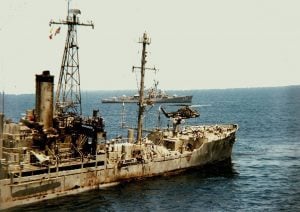
USS Liberty Navy Ship (Source: uss.liberty.org)
The Israelis, whose rout of the Egyptian army had brought about the unwanted burden of policing more prisoners of war than they could handle, had reached el Arish where hundreds of captured Egyptian soldiers had been executed. Some had been forced to dig their own graves while others were buried by native Bedouin tribesmen after Israeli soldiers had shot them and left the bodies rotting in the desert sun. The Liberty was well-placed to listen in on these events given that el Arish is a port city on the Mediterranean coast.
The other issue of crucial importance concerned Israel’s strategic conduct of the war. After its conquest of the Sinai Peninsula, Israel’s intention was to order many of its units to turn around and be redeployed so as to consolidate the capture of the West Bank and also to provide reinforcement for the units charged with attacking Syria and taking the Golan Heights.
Far from entertaining thoughts of a life or death struggle with its Arab foes which could possibly result in the mass extermination of its citizens, Israeli calculations were based on achieving certain victory. However, this would need to be accomplished within a limited time scale after which it leaders were aware that a UN Security Council-brokered ceasefire would have to be implemented.
While Israel had obtained the blessing of President Lyndon Johnson to go to war, it did not have America’s consent so far as taking over the West Bank and Syrian territory was concerned. Such actions it was felt might provoke an intervention by the Soviet Union.
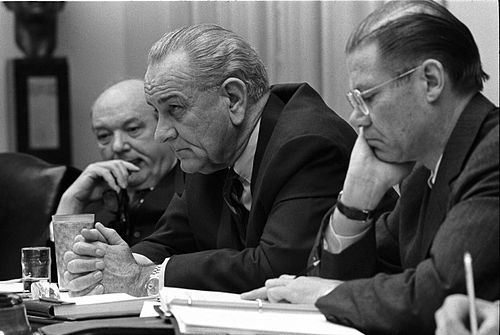
Cabinet meeting with Dean Rusk, President Johnson and McNamara (Source: Wikipedia)
Thus it was that with victory complete in the Sinai and two days left of the war, the Israelis did not want the Americans eavesdropping through the Liberty when its troops were rerouted northwards. Such was the secrecy behind the planned incursion into Syria that Prime Minister Eshkol was not told of the plan by Dayan until after he had ordered the attack on the Golan Heights.
After being closely monitored by Israeli reconnaissance planes, the Liberty was subjected to a sustained attack lasting for about two hours. The ship endured waves of attacks by strafing jets and projectiles fired from motorized torpedo boats. Crew who attempted to launch lifeboats were targeted by machine guns and napalm bombs were dropped. The intention appeared to be to sink the the ship and leave no survivors. This would have left it open for the attack to be blamed on Egypt.
Miraculously, the ship was kept afloat and a distress signal sent after having had both its tactical and distress frequencies jammed by the Israelis. Twelve fighter jets and four tanker planes stationed on the USS Saratoga, an aircraft carrier of the nearby American Sixth Fleet, were sent into action to defend the Liberty but were recalled by US Defence Secretary Robert McNamara. Once the Israelis knew that the American fleet had received word of the attack, they were quick to inform the Americans that their ship had been hit by mistake.
A cover up was effected by the Johnson administration under pressure from an ever more assertive Israeli lobby which had threatened to smear Johnson with the accusation of blood libel. Alongside this allegation of anti-Semitism would be a refusal by Jewish organisations to fund Johnson if he chose to run for reelection the following year.
Although the establishment cover up over the attack on the Liberty persists to this day several prominent American officials have over the years gone on the record to contradict the hastily arrived official verdict that it had been a mistake; Dean Rusk, a former US Secretary of State, and Admiral Thomas Moorer who was the Chairman of the Joint Chief’s of Staff at the time of the incident being among the most prominent of these dissenters.
In a perceptive insert in Newsweek magazine’s ‘Periscope’ column dated June 19th 1967, a staff writer offered the following thesis:
Although Israel’s apologies were officially accepted, some high Washington officials believe the Israelis knew the Liberty’s capabilities and suspect that the attack might not have been accidental. One top-level theory holds that someone in the Israeli armed forces ordered the Liberty sunk because he suspected it had taken down messages showing that Israel started the fighting.
Tape recordings of the dialogue of Israeli personnel during the attack which were available to American officials soon after the incident have been made public in recent years. On separate occasions, a voice is heard clearly identifying the Liberty as an American vessel. The position that the destruction of the USS Liberty was a tragic error is no longer tenable.
The truth behind the Six Day War is one which many who have been conditioned to accept the sanctity of the Israeli version of history may find shocking and difficult to comprehend. But what Israel had assured America would be a limited war turned into a land grab. It had not been a war of self-defence but one of aggression. It was also not a war waged to prevent annihilation, instead it was a war that led to dispossession and occupation.
For decades, the Six Day War has been represented as one of the stellar achievements of the reborn Jewish state. Just over two decades after the persecutions and genocide visited upon European Jewry, the Jewish David defied the prospect of certain defeat to slay the Arab Goliath in a just and audacious martial enterprise.
The technical accomplishments and personal bravery of Israeli military personnel notwithstanding, the background of false propaganda, the numerous breaches of international law and the commission of a series of war crimes all put the lie to the famous statement by Abba Eban, Israel’s long-term foreign minister that “Never in the history of nations has armed force been used in a more righteous or compelling cause.”
The effects of the occupation of the West Bank including the spread of illegal settlements, the economic strangulation of Gaza in between intermittent punitive military actions as well as the illegal annexation of the Golan Heights continue to challenge Israeli claims to righteous and moral conduct.
Adeyinka Makinde is a writer based in London, England.
Featured image: from the author

